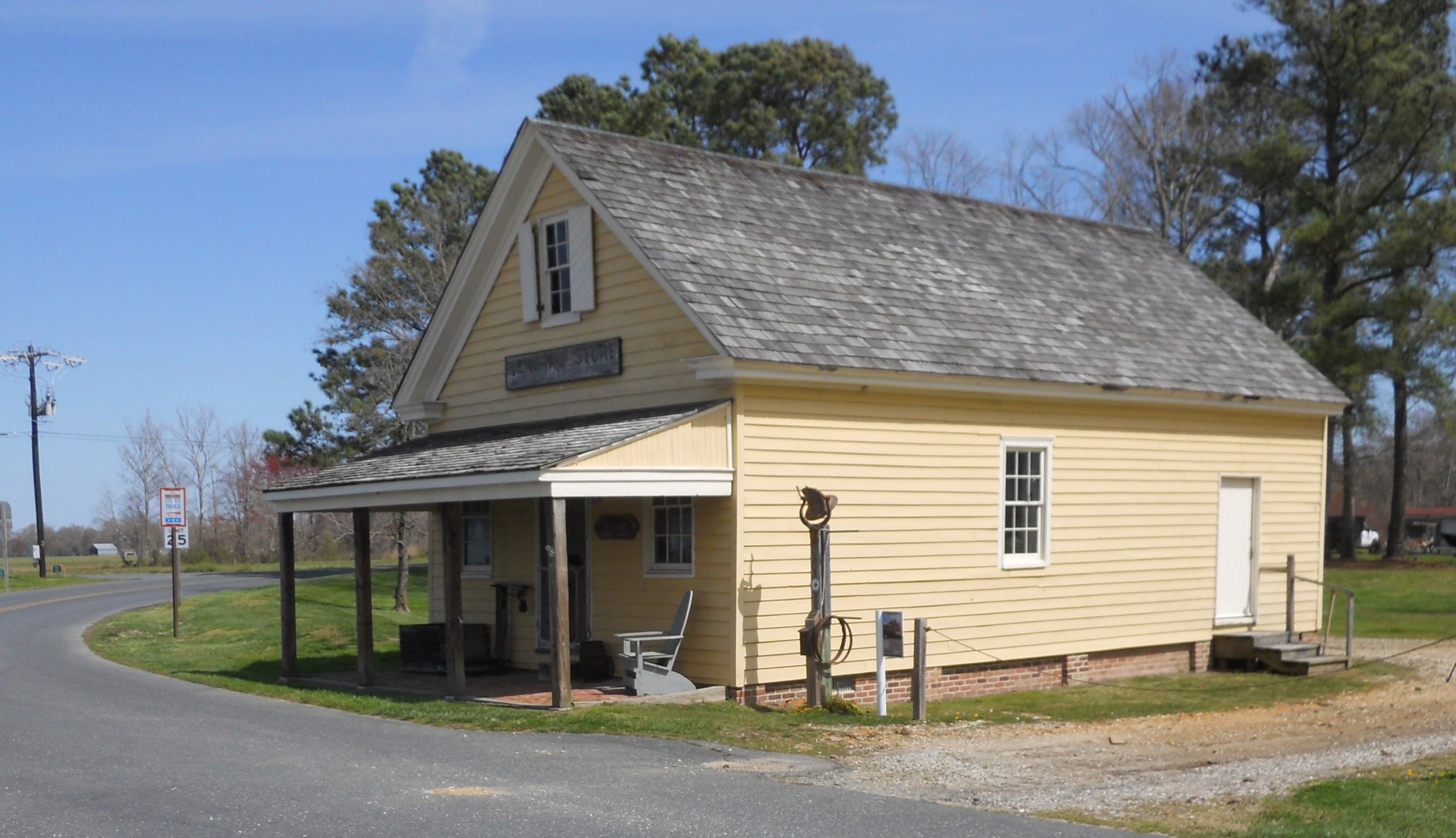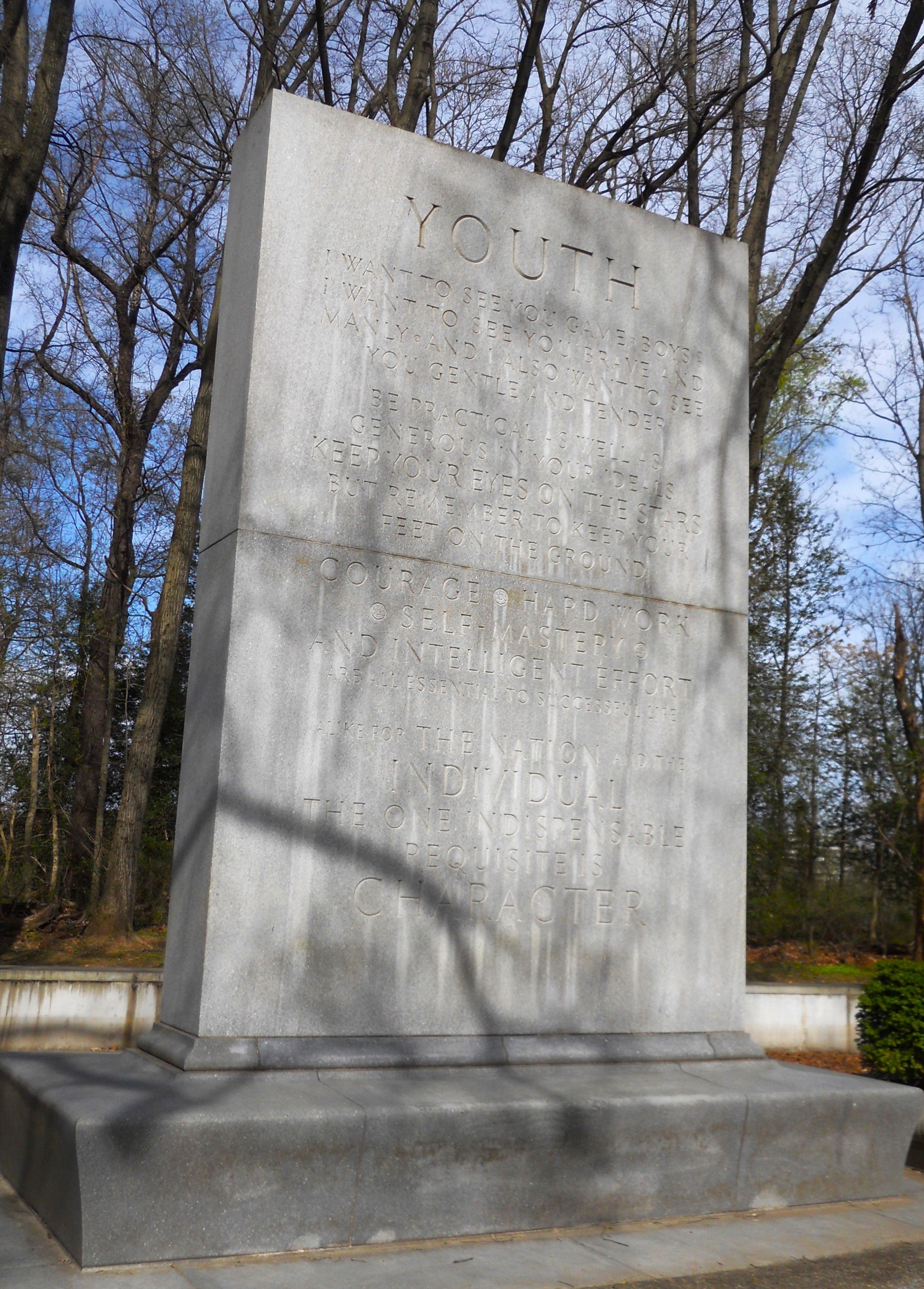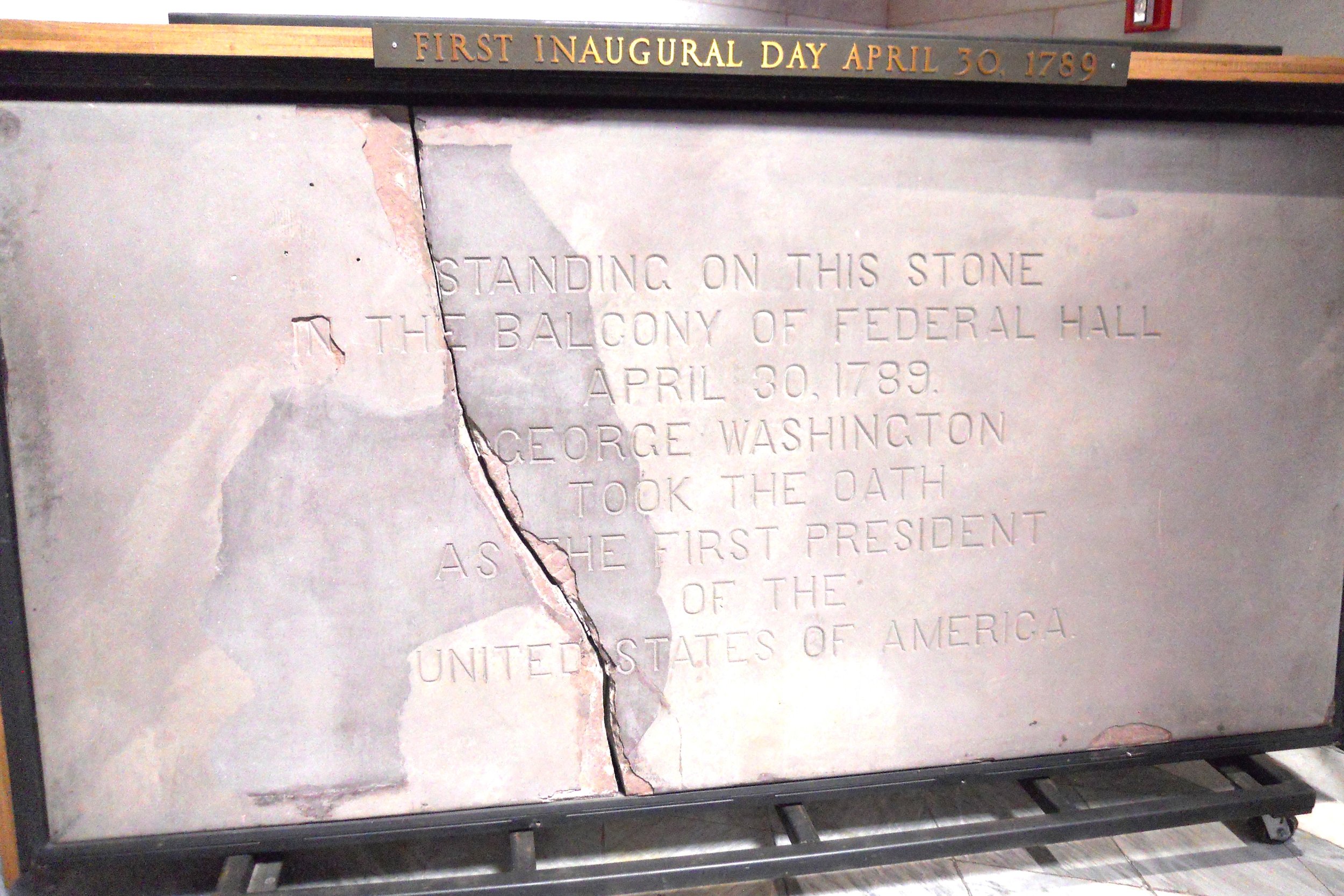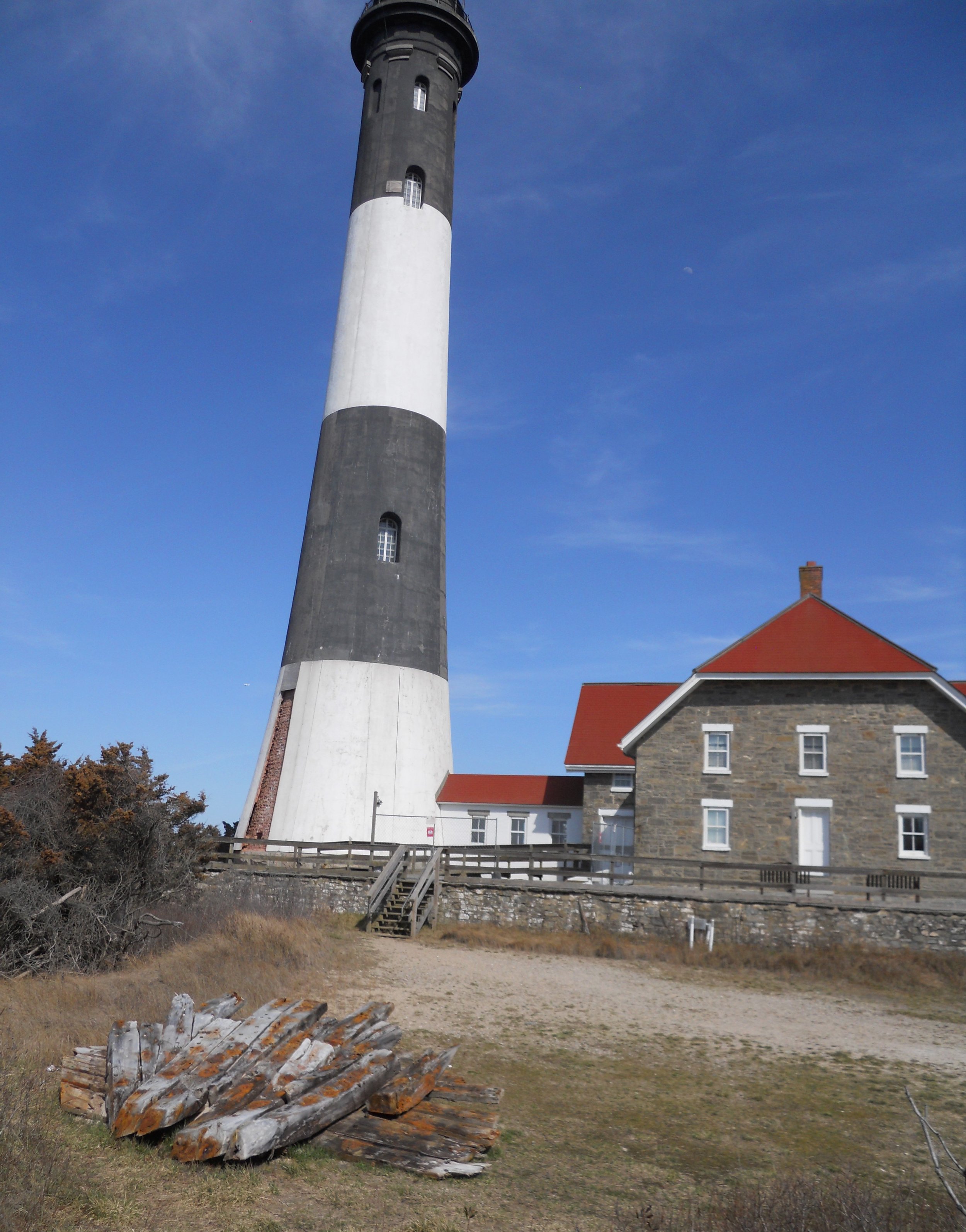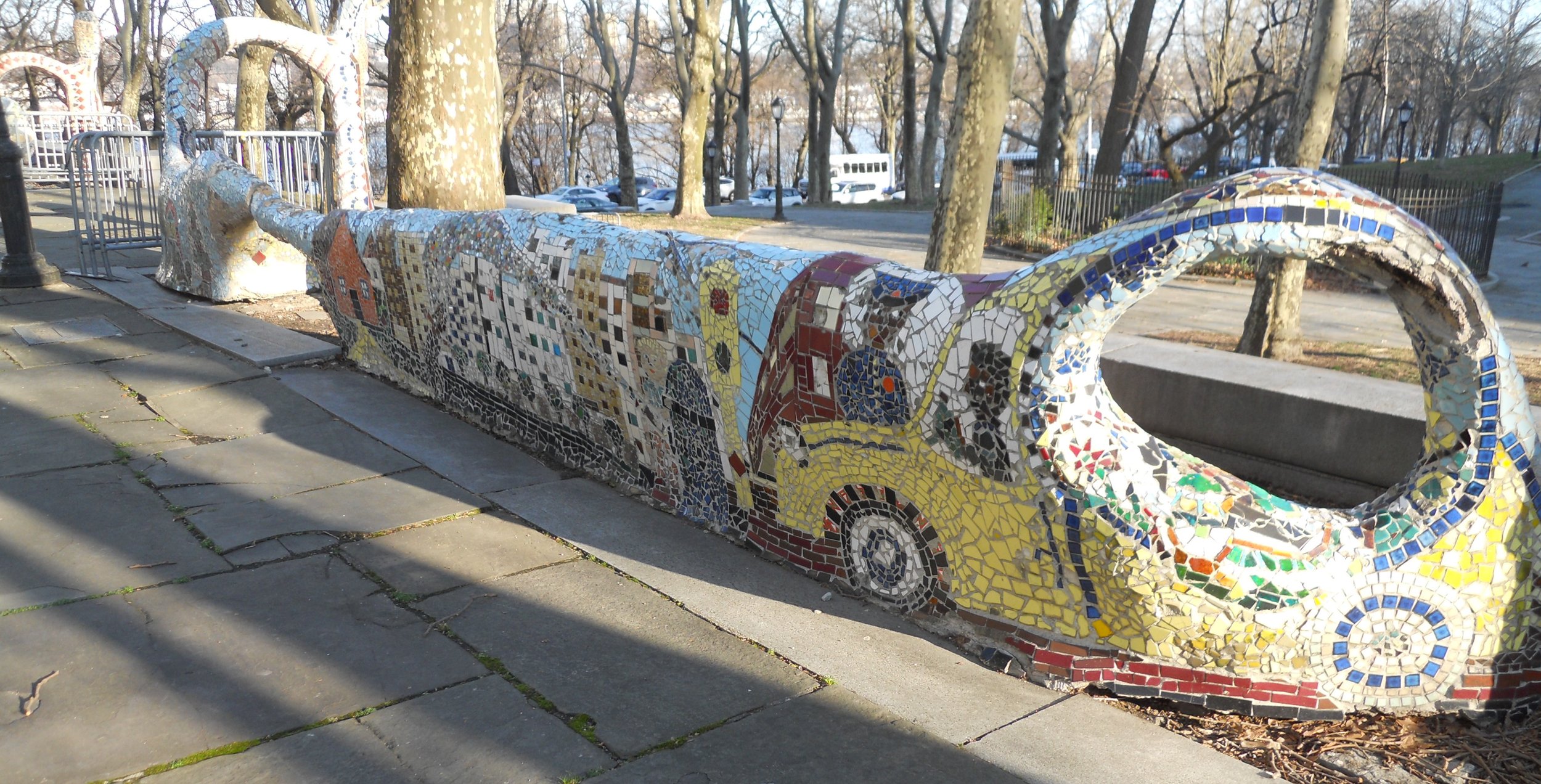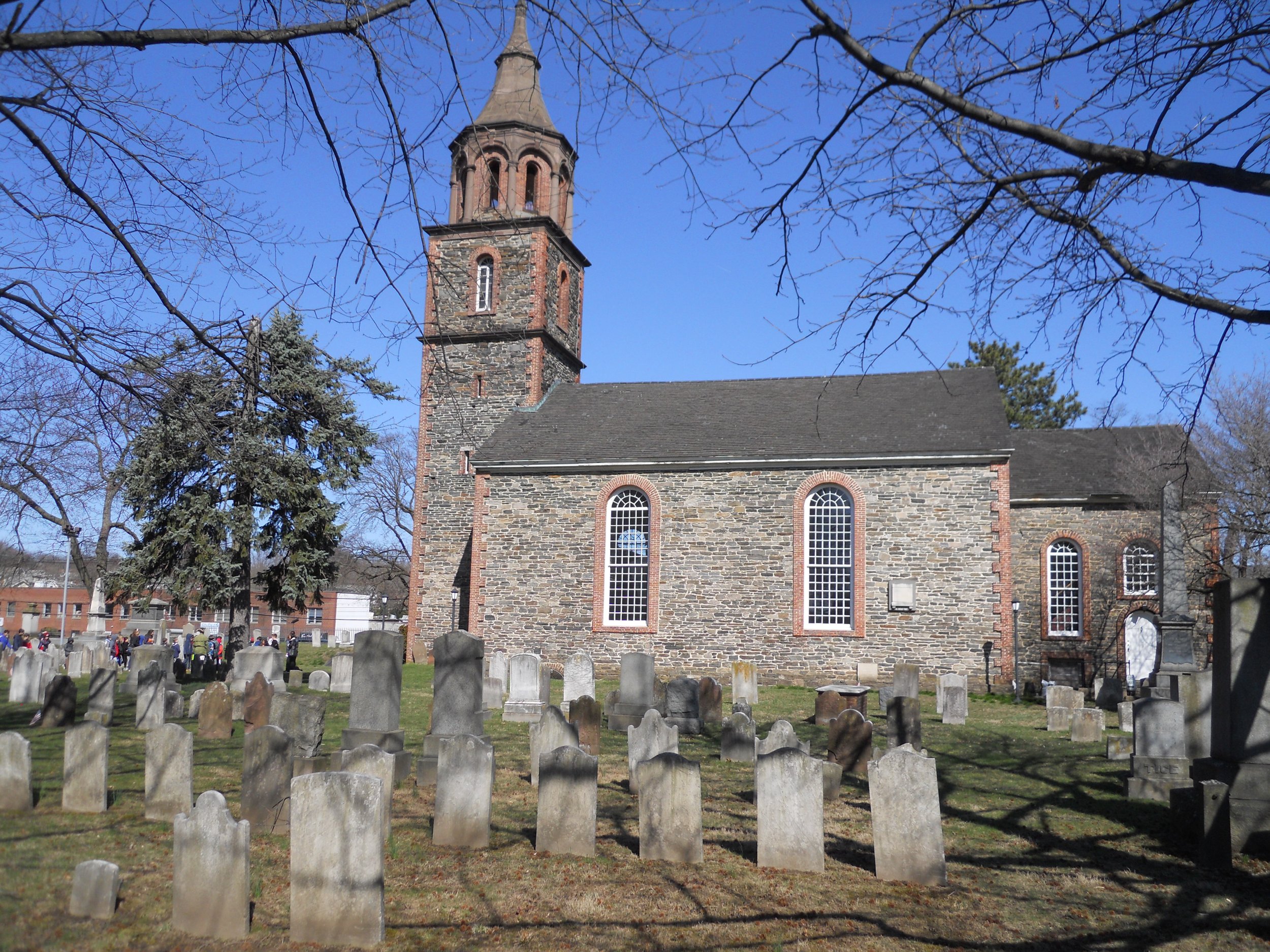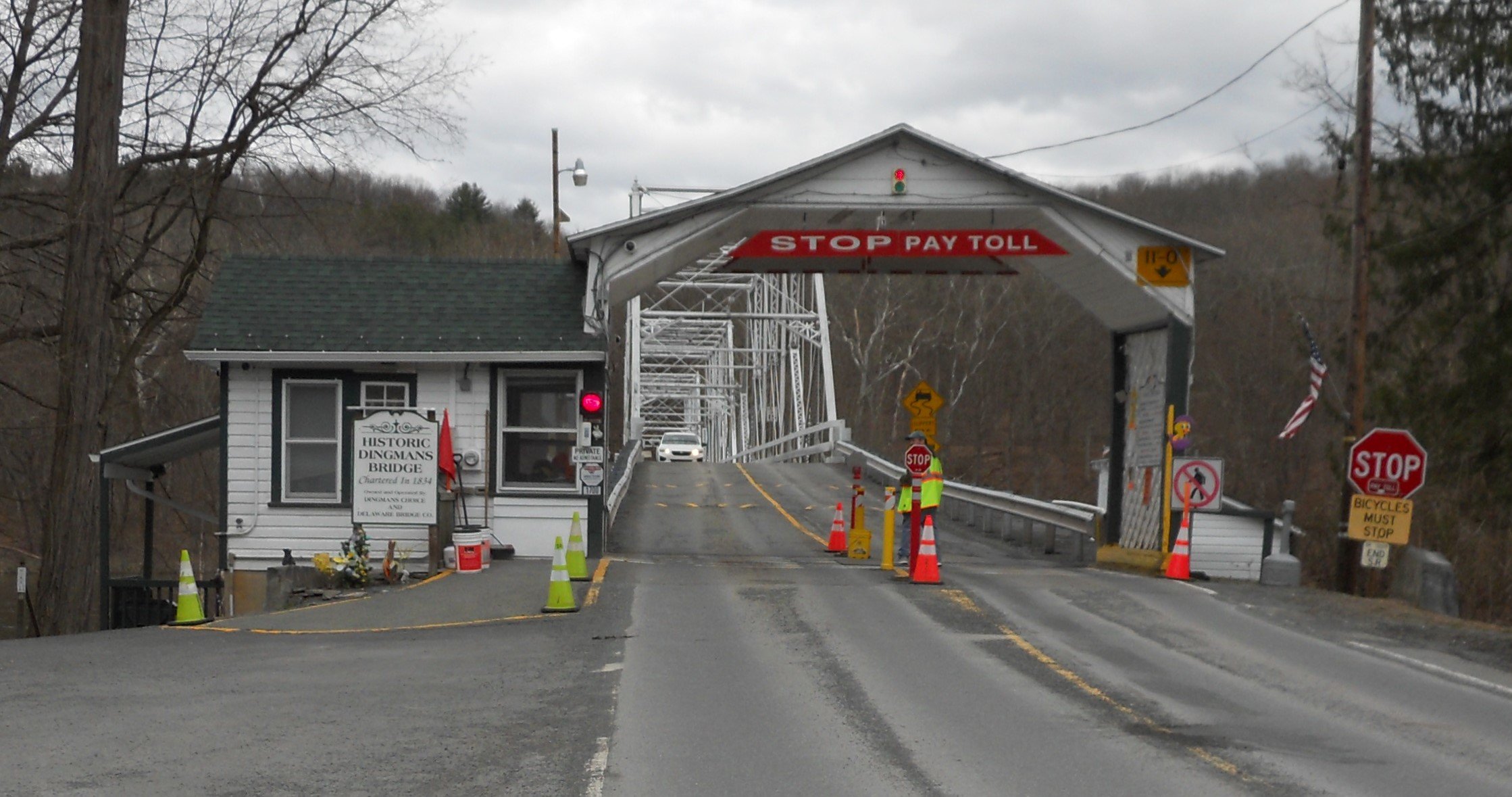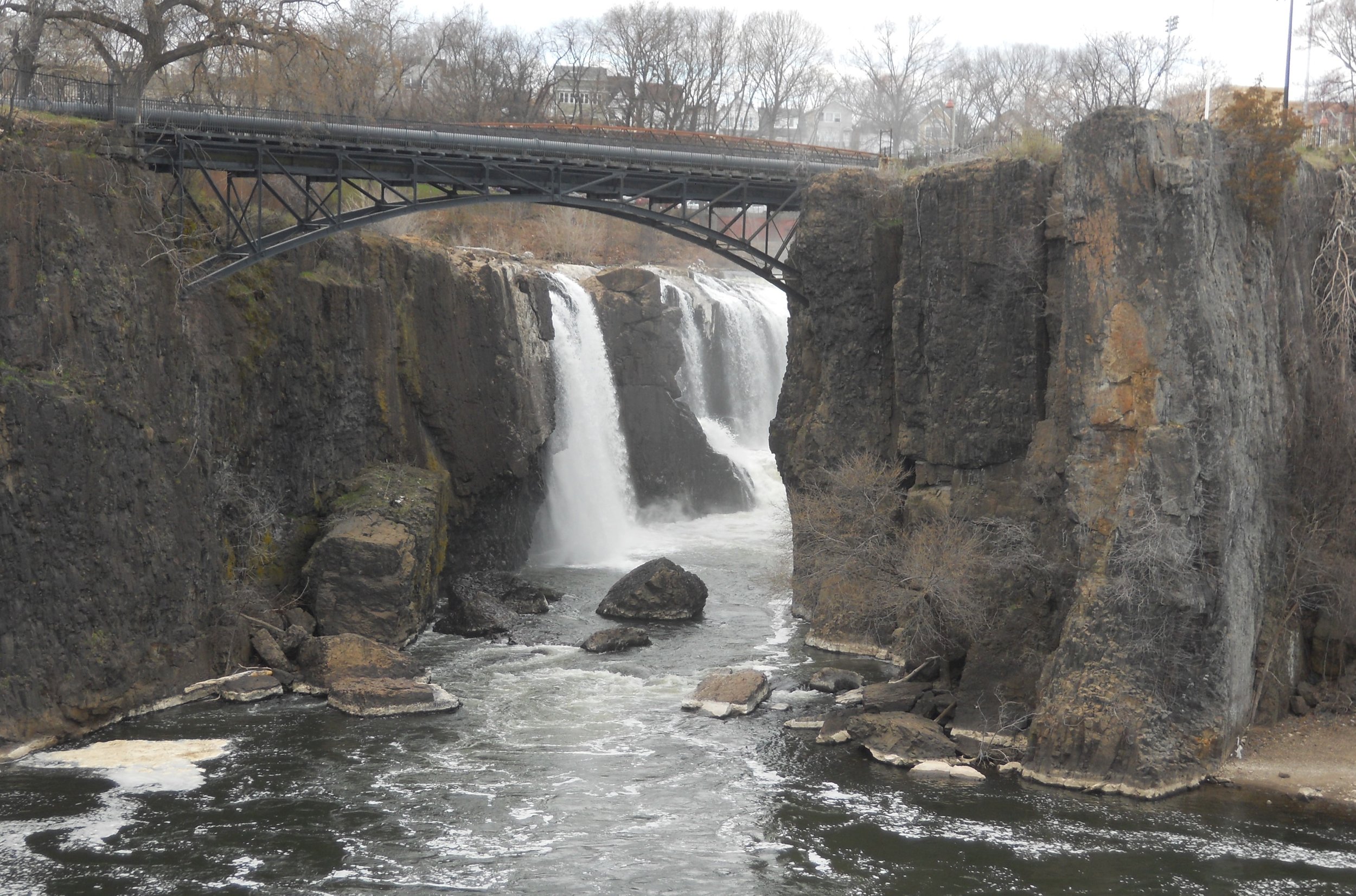DAY 6 (April 2) - Valley Forge sure looks good today, not like the winter of 1777-1778. There are a number of log huts around the park, viewed from a crisscross of roads. The Inner Line encampment paths go by the Artillery Park. This is where Washington kept all his cannons, in one central location so they could be quickly moved from one location to another if the British had attacked. Though there are only a few monuments and markers in the park, the National Memorial Arch makes up for the count, rising above the landscape. Masons constructed the monument to honor Washington (a Mason himself) and his men.
Hopewell Furnace was at the center of iron making in Pennsylvania in the 1700s and 1800s, before large industrial companies took control of the market. Started in 1771, it helped supply iron to the Continental Army cause, including casting over 100 cannons on the grounds. The cannon shown in the photo was discovered buried in the area. Stories say locals buried cannons so the British would not be able to find them. Mortar shells from Hopewell were used at Yorktown.
The Cast House (white steeple section) is where all the action took place in the making of molten iron. The structure seen today was recreated by Amish workers in the 1960s using 18th century methods, since the original building had closed in 1883 and fallen into disrepair. The Ironmaster’s House is where business was conducted, as well as providing comfort for the head of operations.
Slaves provided some of the labor over the decades. They would live in housing such as the two-story structure. In the latter half of Hopewell’s operations, the company became known as the premier maker of stoves. About ten examples of Hopewell Furnace stoves are on display in the VC.
Edgar Allen Poe could write. Remember his Black Cat? Well, it is in the basement of the home Edgar lived in with his wife and mother-in-law/aunt (yes, he married his cousin, Virginia) in Philly. This is the lone surviving Philly home, of six, in which he lived. The section of the house without windows was added on by owners after Poe had left in 1844. The one photo shows the actual brick and wood of that original front-door wall from the early 1800s. The opening to the left was the front-door for Poe and his family.
Thaddeus Kosciuszko’s home is at the corner of 3rd Street and Pine. It is the smallest NPS park by the metric of ground area (0.02 acres). The upstairs includes his bedroom. Signs throughout the home are in both English and Polish, to honor his service to America.
Independence Hall is the cornerstone of the NPS presence in Philly. This is where our country was founded, with the Declaration of Independence and the U.S. Constitution. This building is our history. Thirteen tables are aligned in the one room, one for each colony. The chair at the head of the room was sat in by George Washington.
Also on-site, but in a different building, is the Liberty Bell. An exhibit shows x-ray results from 1975 and 2001, the two times the bell was moved from the Hall. The crack will continue to increase in size over time.
The last photo is of Congress Hall. Our country’s first capital was NYC. Philadelphia became the second location, in 1790, before Washington, D.C. came on-line in 1800. For ten years, the House of Representatives met in this room. All the furniture pieces are new reproductions, so it was fine for everyone to take a seat while the ranger gave her presentation.

